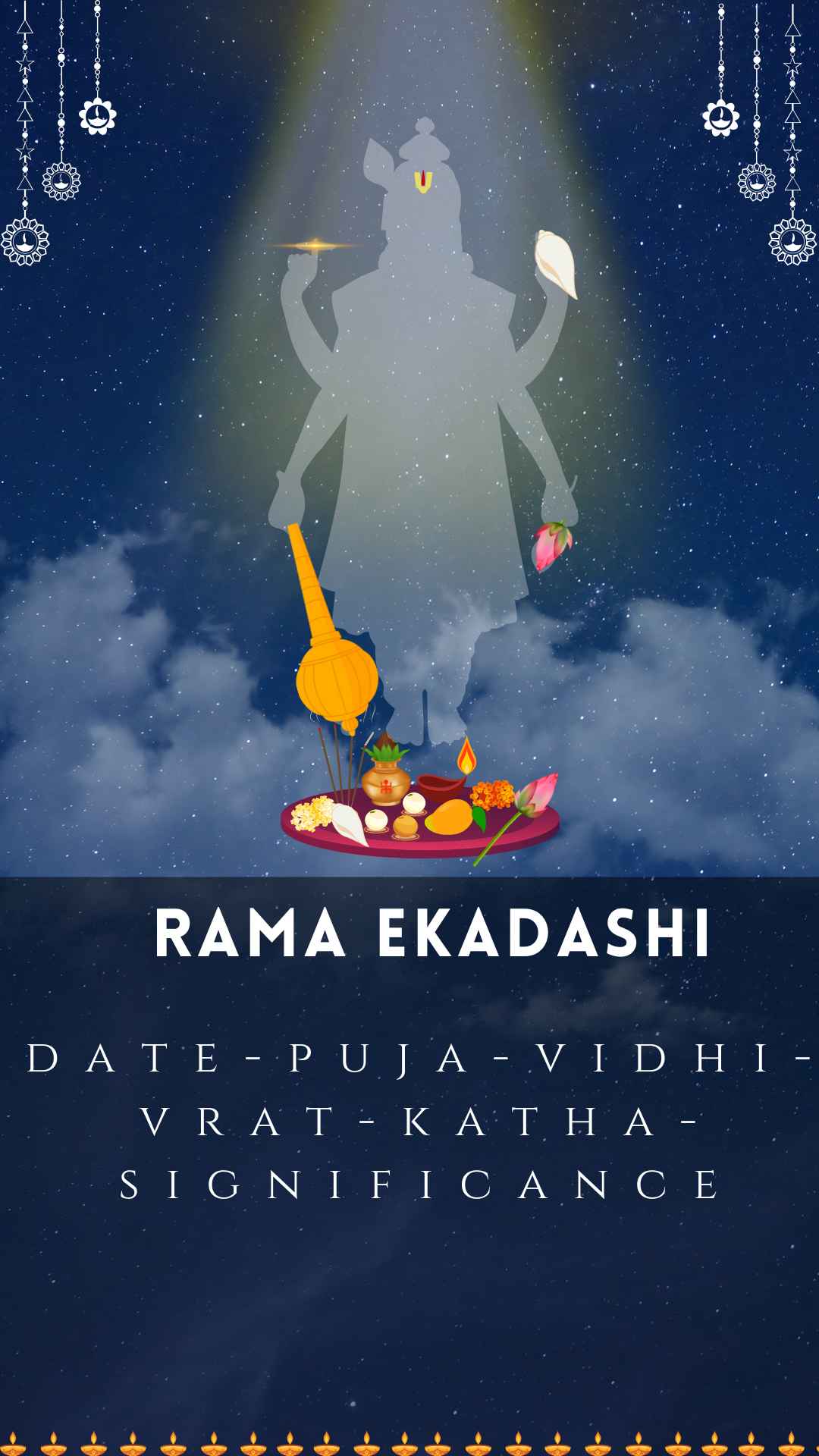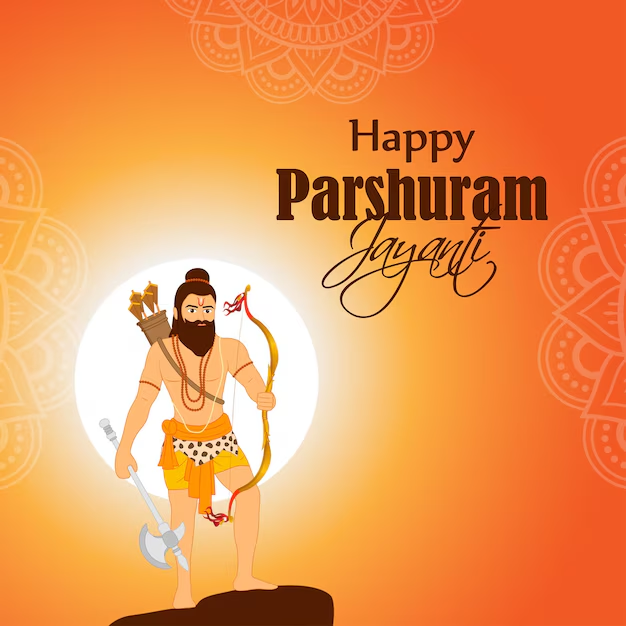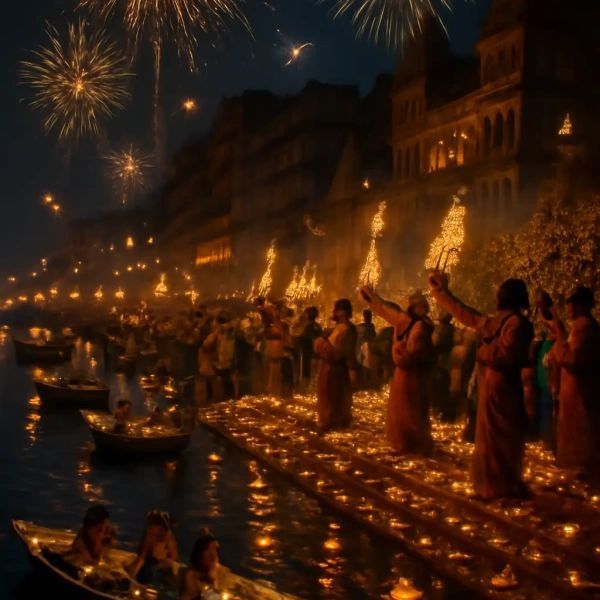Meaning and Deity Worshipped
Rama Ekadashi is named after Goddess Lakshmi, also called Rama, the consort of Lord Vishnu. This day is dedicated to the worship of Lord Vishnu in his form as Damodara (infant Krishna tied with a rope) and Goddess Lakshmi. Observing Rama Ekadashi brings blessings of wealth, prosperity, spiritual upliftment, and liberation from sins.
Also read- Festival in October 2025: Complete List of Hindu Festivals
Spiritual Importance and Benefits of Rama Ekadashi Vrat
- Eradication of Sins: According to the Padma Purana, fasting on Rama Ekadashi cleanses sins and grants spiritual purity.
- Prosperity and Wealth: Devotees are blessed with material abundance and financial relief.
- Mental Clarity and Peace: The vrat aids in removing emotional blockages and brings inner harmony.
- Good Karma and Liberation: Helps advance on the path of moksha (liberation) by fulfilling karmic debts.
- Family Welfare: Observing Rama Ekadashi increases goodwill, harmony, and prosperity in family life.
Rama Ekadashi Vrat Vidhi
Day Before Ekadashi (Dashami)
- Prepare mentally and physically: Avoid heavy food after sunset on Dashami.
- Clean and decorate puja space: Arrange flowers, diya, Tulsi plant, and holy scriptures.
Morning Rituals on Ekadashi
- Bath and Cleanliness: Take a purifying bath early morning.
- Sankalp: Take a vow (sankalp) dedicating the day for Lord Vishnu’s fast.
- Offer Puja: Worship Lord Vishnu/Damodara with flowers, incense, Tulsi leaves, diya, and naivedya (prasad).
- Recite Vrat Katha: Read or listen to Rama Ekadashi vrat katha and Vishnu Sahasranama.
Fasting Rules
- Nirjala or Phalahar Vrat: Traditionally strict fasting without food or water; some observe phalahar (fruit-only diet).
- Avoid Tamasik Activities: No meat, alcohol, or sinful activities.
- Spiritual Practices: Chant mantras, read scriptures, and participate in bhajans.
Evening Puja and Jagrans
- Conduct bhajan and kirtan sessions inviting family and neighbors.
- Maintain wakefulness and devotion through the night in praise of Lord Vishnu.
Breaking the Fast (Parana)
- On Dwadashi morning, break the fast before midday.
- Offer food to Brahmins and needy as charity.
- Eat simple, sattvic food for resuming normal diet.
Rama Ekadashi Vrat Katha (Legend)
The tale tells of King Muchukunda and his daughter Chandrabhaga. The prince Shobhana, Chandrabhaga’s husband, observed Rama Ekadashi fast despite frail health and was rewarded with a divine celestial kingdom. Later, their reunion symbolizes the reward of faith, devotion, and dharma maintained through this vrat.
Linkages and Related Festivals
- Rama Ekadashi precedes Diwali, marking the spiritual cleansing phase before the festival of lights.
- It is linked with Navratri fasting; the devotional energy flows from Navratri to Ekadashi to Diwali.
- Close to Govardhan Puja, the day after Diwali, which celebrates nature’s bounty and Krishna’s grace.
Rama Ekadashi Vrat Vidhi (Step-by-Step Rituals)
Preparations on Dashami (Day Before Ekadashi)
- Wake early and take a holy bath (snan) to purify body and soul.
- Clean puja area thoroughly; decorate with fresh flowers, rangoli, and auspicious cloth.
- Set up a small platform (chowki) covered with a clean yellow or red silk cloth.
- Place images or idols of Lord Vishnu (commonly as Damodara/Krishna form) and Goddess Lakshmi.
- Perform kalash (holy water pot) setup with mango leaves and coconut as symbol of prosperity.
Morning Ritual on Ekadashi
- After early bath, wear clean, preferably yellow or white clothes symbolizing purity.
- Take sankalp (pledge) before the idols to observe fast for the welfare of self and family.
- Do abhishek (holy bath) of Lord Vishnu idol or image using Gangajal mixed with Panchamrit (milk, curd, ghee, honey, sugar).
- Apply sandalwood paste (chandan) on the deity and decorate with fresh yellow flowers (like marigold).
- Offer fruits, Tulsi leaves (holy basil), incense, diyas, and sweets, especially white butter and mishri (rock sugar), favorites of Lord Krishna.
- Sit and recite or listen to the Rama Ekadashi vrat katha and Vishnu Sahasranama (1000 names of Vishnu) for blessings.
- Chant “Om Namo Bhagavate Vasudevaya” mantra repeatedly to invoke divine grace.
Fasting Rules
- Observe nirjala fast (avoid food and water) strictly, though some may keep fast with fruits and milk only depending on health.
- Avoid grains, beans, onion, garlic, eggs, alcohol, and any tamasic food on Ekadashi.
- Abstain from sleeping during the day and keep engaged in spiritual activities.
- Maintain celibacy and refrain from any conflict or arguments.
Evening Puja and Bhajans
- Perform arti of Lord Vishnu and Goddess Lakshmi.
- Light ghee or oil lamps and incense sticks.
- Devotees often gather for group bhajan or kirtan sessions extolling Vishnu’s glory.
- Offer bhog (holy food) including white butter, rice, and fruits to the deity.
Parana (Fast-Breaking) on Dwadashi
- Break the fast after sunrise on Dwadashi within the auspicious muhurat; generally before midday.
- Drink water and take light sattvic food, such as kheer, dalia, or fruits.
- Offer charity by feeding Brahmins or the needy to magnify spiritual benefits.
- Conclude vrat by seeking forgiveness and vowing to observe future fasts sincerely.
Rama Ekadashi Vrat Katha (Full Story)
The vrat katha narrated on Rama Ekadashi is about King Muchukunda and his daughter Chandrabhaga:
- King Muchukunda was a truthful and devoted Vishnu worshiper. He had a daughter named Chandrabhaga who married Prince Shobhana.
- Shobhana observed Rama Ekadashi vrat, but due to certain circumstances, he died before completing his fast.
- A Brahmin named Soma Sharma discovered Shobhana’s condition and informed Chandrabhaga about the power of Rama Ekadashi.
- Chandrabhaga, through her intense devotion and strict observation of the vrat, brought her husband back to life and attained prosperity for their kingdom. Their story symbolizes the potent blessings of Rama Ekadashi vrat.
- The vrat is believed to absolve sins and grant liberation as per ancient scriptures like the Padma Purana.
Spiritual Benefits and Significance
- Observing Rama Ekadashi purifies the heart and mind by dissolving accumulated sins from past and present lives.
- It is said to help devotees attain moksha (liberation from the cycle of birth and death) and secure a place in Shri Hari’s heavenly abode, Vaikuntha.
- The vrat invokes the combined blessings of Lord Vishnu and Goddess Lakshmi, promoting material prosperity and spiritual well-being.
- It enhances mental peace, self-discipline, and concentration through abstinence and worship.
- Observers gain protection from negative influences, evil spirits, and misfortunes.
Connection with Other Festivals
- Link to Navratri Fasting: Rama Ekadashi spiritual focus complements Navratri’s emphasis on devotion, strength, and purity, leading up to Diwali’s celebration of light and wisdom.
- Govardhan Puja: Celebrated soon after Diwali, Govardhan Puja highlights nature’s grace, devotion to Krishna, and gratitude for abundance—tying well with Rama Ekadashi’s themes of devotion and divine blessings.
Practical Tips for Devotees
- Prepare for the vrat by gradually reducing intake of tamasic foods a day before.
- Use fresh flowers and Tulsi leaves for worship to maximize benefits.
- Chant Vishnu Sahasranama or related mantras regularly for enhanced spiritual upliftment.
- Observe fasting with a positive mindset and devotion rather than stress.
- Include charity and help to others as essential parts of vrata.



1 Comment